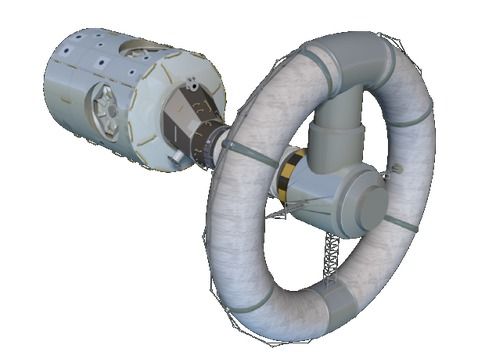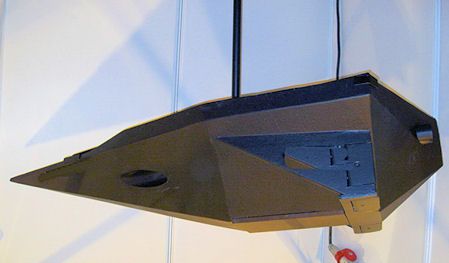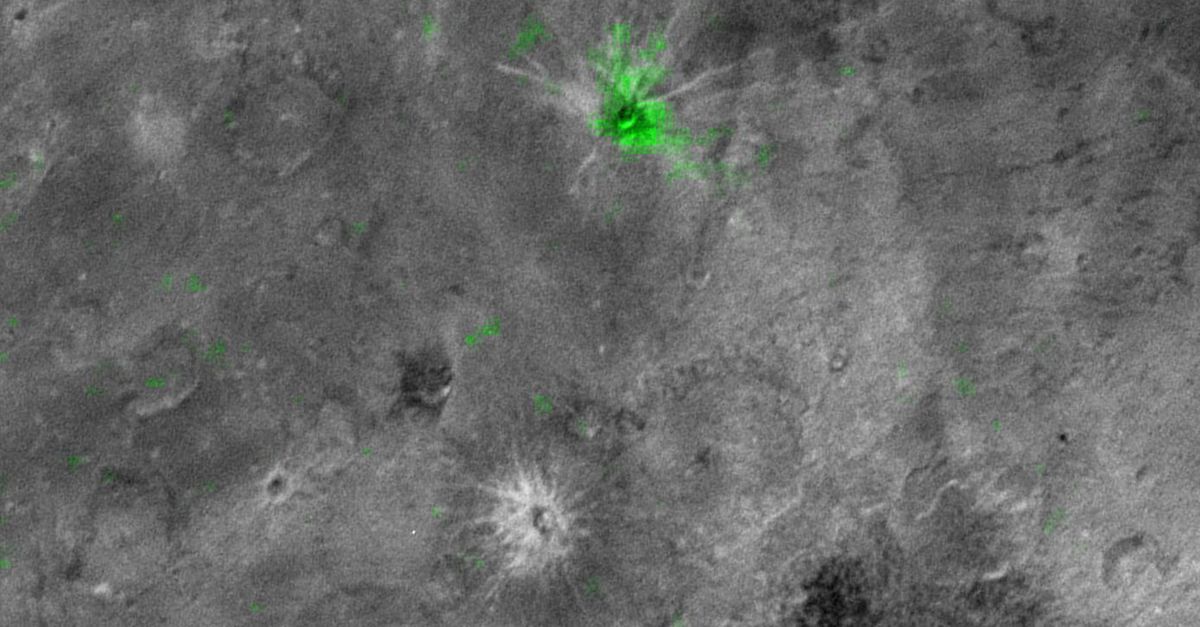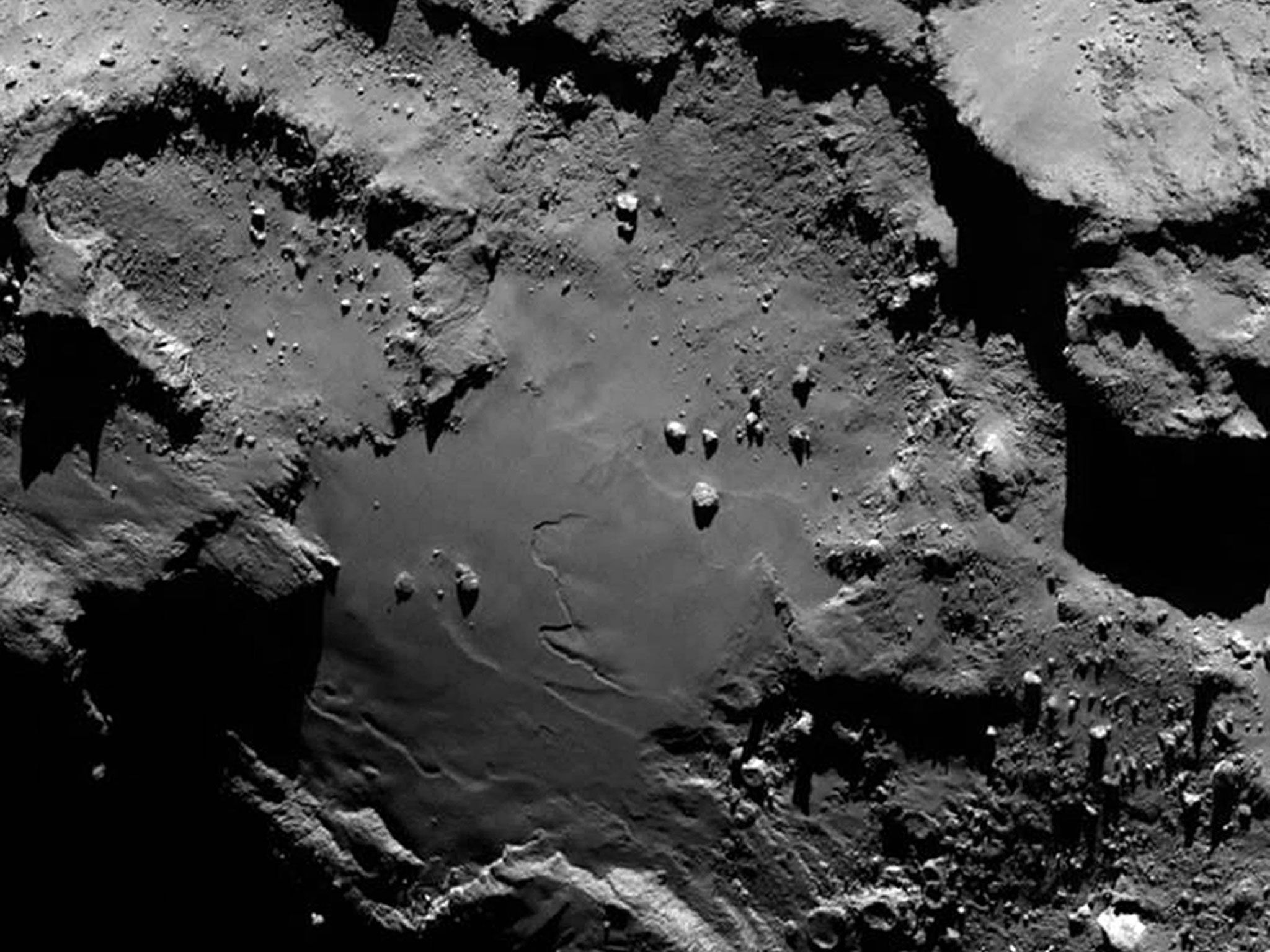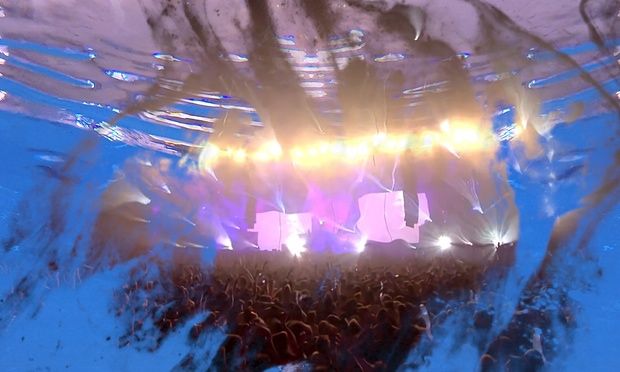There are some very inexpensive ways of testing human effects of spinning motions and artificial gravity in space. We could probably do our first tethre based experiments, and our first short arm centrifuge experiments in space as well, within a year or two of deciding that this is a priority project.
But as for building such a module — it would be expensive to do the module — depending how it works. But not impossibly so. They actually had an idea to do this, the Nautilus X ISS demo, costed as between $83 million and $143 million at the time (2011) and requiring three years to develop, so if they had started then, it would be in space by now:
